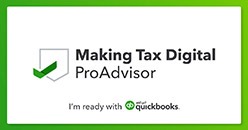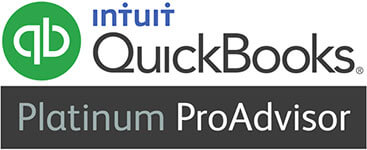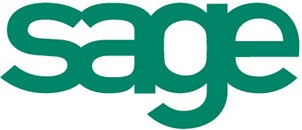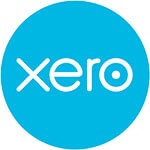With the school holidays over (finally!!) Its time to get back into the swing of things. But do you know what funds you are taking from your business and how you plan to do it!?
For many, September is almost like a second new year. I don’t mean in terms of the financial year, but it’s the time you get back on track and start fresh. People start heading back to the gym and getting into a normal routine again.
One of the most common questions I get asked, mainly from new start- ups, is ‘how much can I take out of my business?’. Obviously this is always different depending on the company’s situation but to try to help, I thought I would try and outline the basics.
NOTE: This blog is generically aimed at owner managed organisations, for more accurately applied figures please contact us directly.
SALARY.
Providing you have no other employment income, we always suggest putting a salary through the business.
At present we would aim to put little over £8K (£8,160 to be exact) through your limited company as an expense.
From the company’s point of view, this is tax deductible and therefore will reduce your net profit on which you pay corporation tax.
From your point of view, this amount will obtain your national insurance credits entitling you to benefits such as the state pension when you – eventually – retire (at this rate, if they keep increasing the age I’ll probably be about 92).
Furthermore, you will not owe any National Insurance or PAYE tax.
It is important to note, your company will have to register as an employer but technically we only have to report on this once a year.
This is a perfectly acceptable and a legal form of paying yourself through the company.
DIVIDENDS.
This is kind of where it starts to get complicated. As of recently, a new dividend tax has been introduced. This means all dividends over £5,000 will now be taxed at the following rates;
7.5% Basic Rate tax payers (Earn up to £45,000)
32.5% Higher Rate tax payers (Earn up to £150,000)
38.1% Additional Rate tax payers (Over £150,000)
The rate you fall into depends on how much money you take out. It is worth noting at this point that obviously if you have any additional income (other business, employment, dividend, rental etc.) it would have to be taken into account.
On that note, let’s assume the money you are drawing from the limited company is your only income source.
Ok, so everyone has a tax free amount of £11,500 plus the £5,000 tax free dividend. You have already used £8,160 of this from taking a salary, meaning that in addition you can take a total dividend of £8,340.
That is a grand total £16,500 you can take from the company with no self-assessment tax being due. Wonderful…
But I’d like to hope your business is doing better than that and you want to take a bit extra out. I mean, you aren’t doing all that hard work to live off beans on toast, right!?
So, as a general guideline;
Salary of £8,160
Dividend of £8,340
Dividend for the next £28,500 is charged at 7.5%
Anything over that attracts 32.5%, until we start exceeding the £100K.
Where we need to do a bit more calculator bashing.
As an example if you were to take the £45,000.
You would put through a salary of £8,160. Then take a no-tax dividend of £8,340 and a dividend of £28,500 taxed at 7.5%.
From the companies point of view it has issued a dividend of £36,840.
Clear as mud.
So before you finish scratching your head, here’s a few extra pointers.
Firstly, if you are doing extremely well for yourself and your income exceeds £100K, please contact us. This is where it gets a bit trickier as that starts to eat away at your personal allowance (£11,500).
Secondly, don’t forget – if you have a tax bill of over £1,000 you will have to pay a Payment On Account (POA) which is 50% on top of your current tax bill – due January- to contribute to next year plus the other 50% 6 months later.
Thirdly, you must have the net profit in the business to take the dividend. You cannot draw more than the company would allow. If you do, well, the tax rates start getting pretty hefty.
Oh and finally, this is OUR job. Please don’t get your knickers in a twist or have any sleepless nights if you don’t understand it. Give us a call, after all, we are nerdy accountants. We love this stuff!!
Talk to us today about accounting for tomorrow.









